The world of birding often presents two distinct approaches: “chasing a bird” versus “delighting in birds where you find them.” The former involves actively pursuing rare or unusual birds reported via social media, often requiring significant travel to add them to a birder’s “life list.” A personal attempt to see a Hudsonian godwit in Allegany State Park proved fruitless, as the bird had departed before arrival.
This “chasing” phenomenon was dramatically illustrated by the Steller’s sea eagle, an immense and globally rare raptor originating from the Korean Peninsula and Japan. Its multi-year journey across North America, from Alaska to Massachusetts and Maine, drew hundreds of eager observers. Similarly, the second-ever confirmed Atlantic sighting of a streaked shearwater a species typically found in the Pacific from the Cape May-Lewes Ferry led to a rapid influx of birders, though most were ultimately unsuccessful.
While the thrill of a “first recorded sighting” is undeniable, the author expresses a preference for a different kind of birding experience. The focus shifts from singular, elusive vagrants to the grandeur of large concentrations of common birds. This perspective led to a recent trip to the Edwin Forsythe National Wildlife Refuge in New Jersey, a vital, accessible salt marsh on the East Coast.
The primary appeal of Forsythe lies in its abundance. Thousands of migrating shorebirds, seen in their vibrant breeding plumage, offer a dynamic and aesthetically rich spectacle. Beyond mere identification, the refuge provides opportunities to observe diverse avian behaviors: Forster’s terns diving, willets probing, black skimmers feeding, and interactions between bald eagles and ospreys. This concentration of bird life makes Forsythe a premier birding destination, where the joy comes from immersion in the avian ecosystem rather than the pursuit of a fleeting rarity.
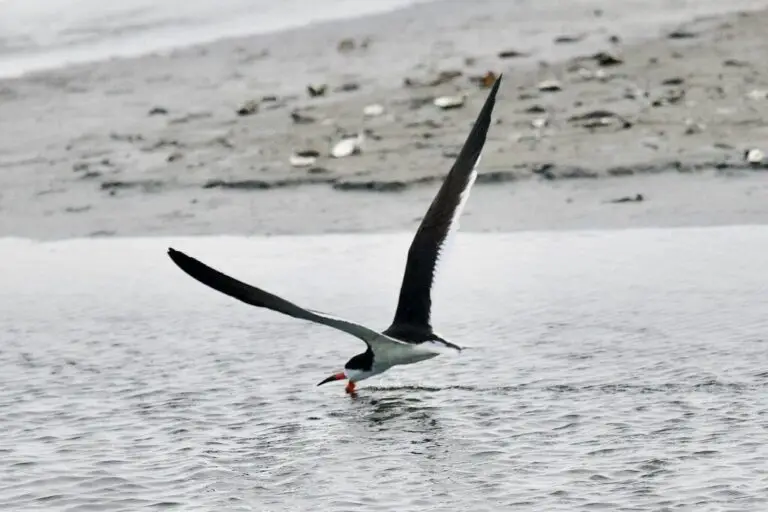
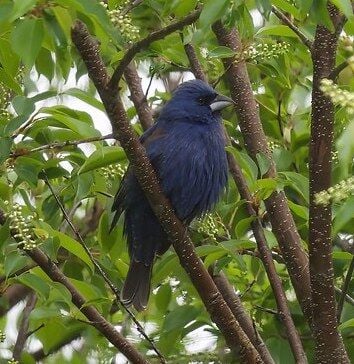
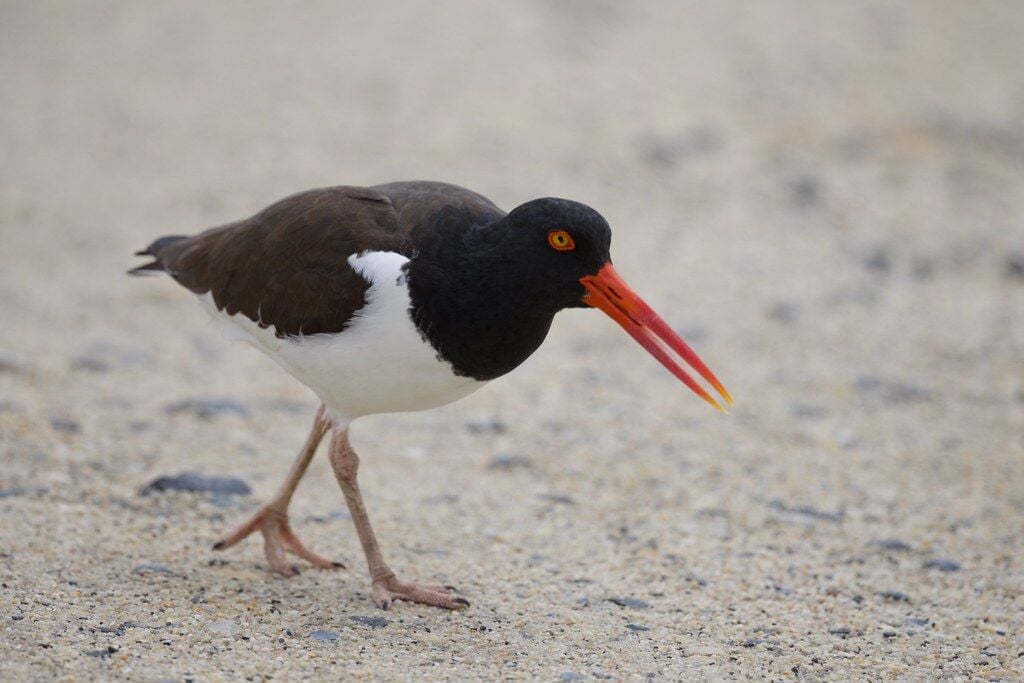
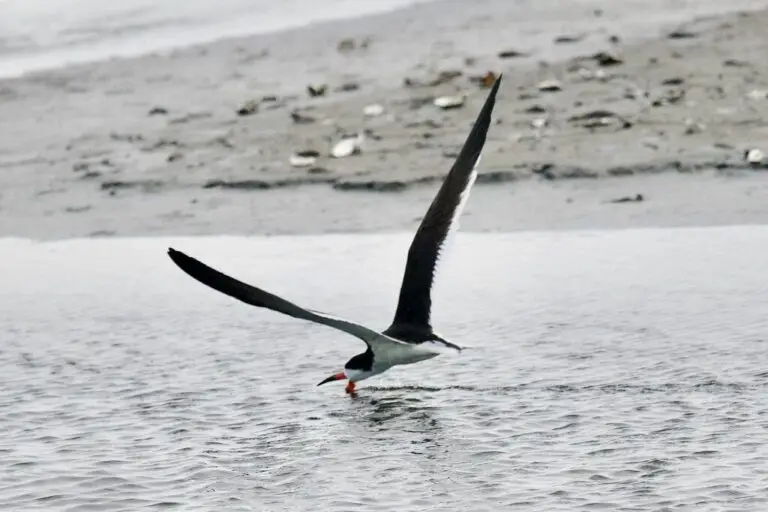


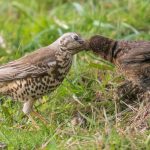

0 Comments